-
×
 Algo V2.0 Gold EA
1 × $52.00
Algo V2.0 Gold EA
1 × $52.00 -
×
 Night Owl EA 3.02
1 × $125.00
Night Owl EA 3.02
1 × $125.00 -
×
 Super Buy Sell Indicator Tradingview
2 × $679.00
Super Buy Sell Indicator Tradingview
2 × $679.00 -
×
 Super Trend Arrow Indicator | 100% Non Repaint Indicator V11.0
1 × $249.00
Super Trend Arrow Indicator | 100% Non Repaint Indicator V11.0
1 × $249.00 -
×
 Dragon Expert Advisor v4.1
1 × $63.00
Dragon Expert Advisor v4.1
1 × $63.00 -
×
 Buy Sell ICT Tradingview Indicator
1 × $249.00
Buy Sell ICT Tradingview Indicator
1 × $249.00 -
×
 BD Profit Forex Robot V2
1 × $198.00
BD Profit Forex Robot V2
1 × $198.00 -
×
 Multi Plate Forex Indicator MT4 | 100% Non Repaint Indicator V9.0
1 × $289.00
Multi Plate Forex Indicator MT4 | 100% Non Repaint Indicator V9.0
1 × $289.00 -
×
 Forex Binary Indicator MT4 | 100% Non Repaint Indicator V17.0
1 × $299.00
Forex Binary Indicator MT4 | 100% Non Repaint Indicator V17.0
1 × $299.00 -
×
 Forex M5 Scalping Indicator
1 × $134.00
Forex M5 Scalping Indicator
1 × $134.00 -
×
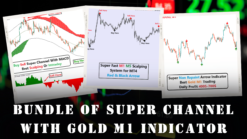 Bundle Of Super Channel With Gold M1 Indicator
1 × $369.00
Bundle Of Super Channel With Gold M1 Indicator
1 × $369.00 -
×
 Forex Non Repaint Trading System
1 × $279.00
Forex Non Repaint Trading System
1 × $279.00 -
×
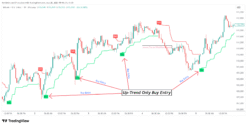 Buy Sell SuperTrend Version 2
1 × $329.00
Buy Sell SuperTrend Version 2
1 × $329.00
Subtotal: $3,993.00

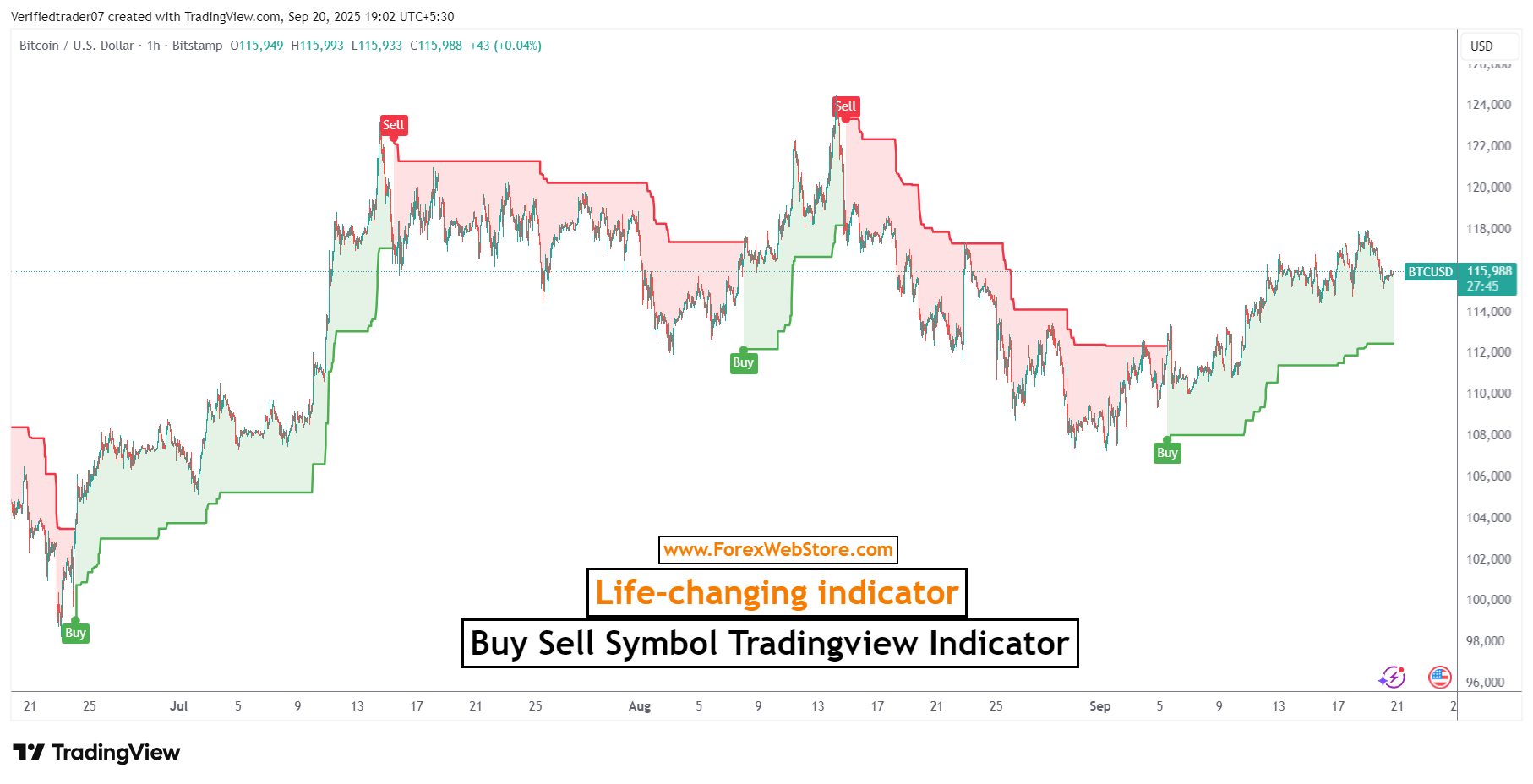


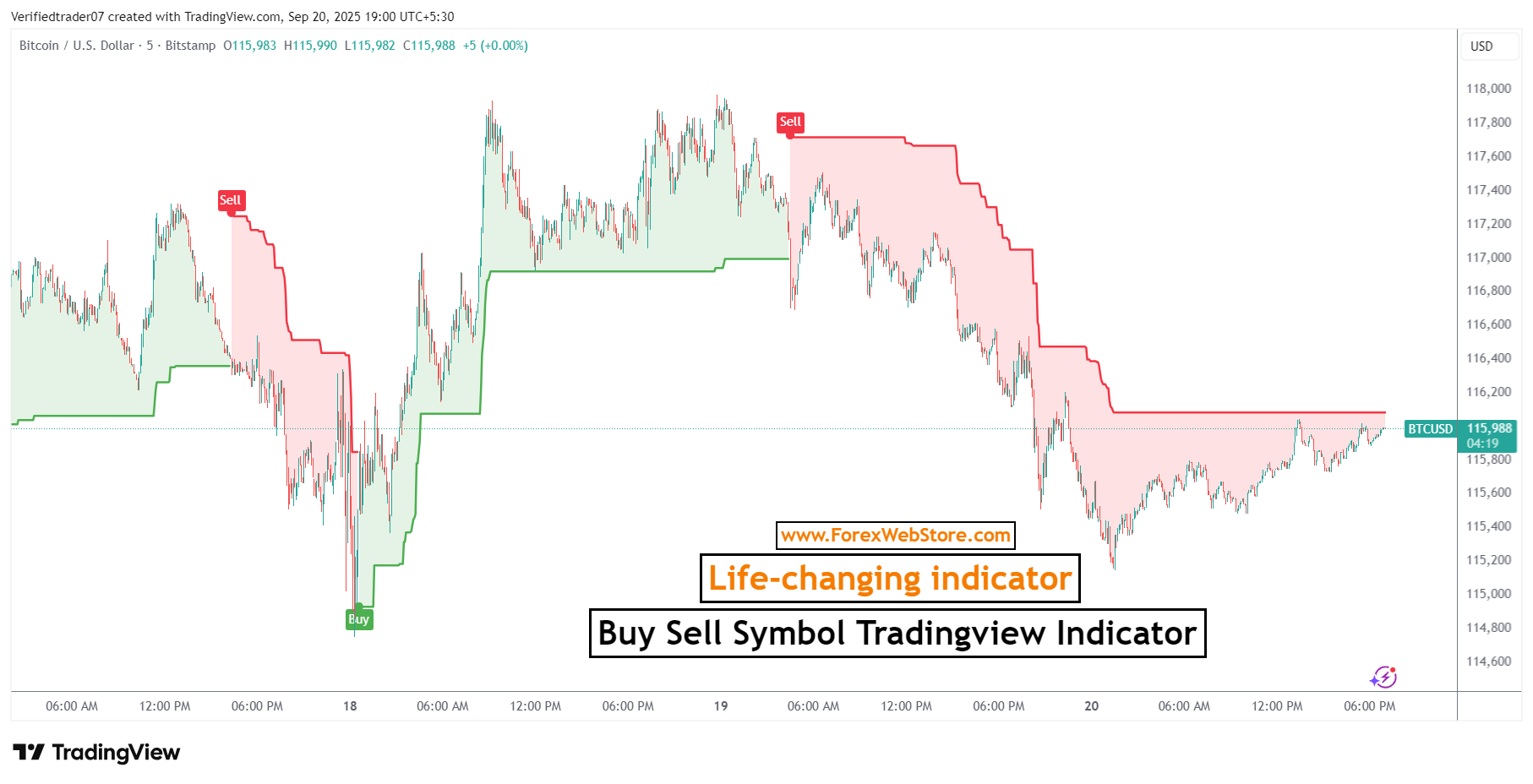
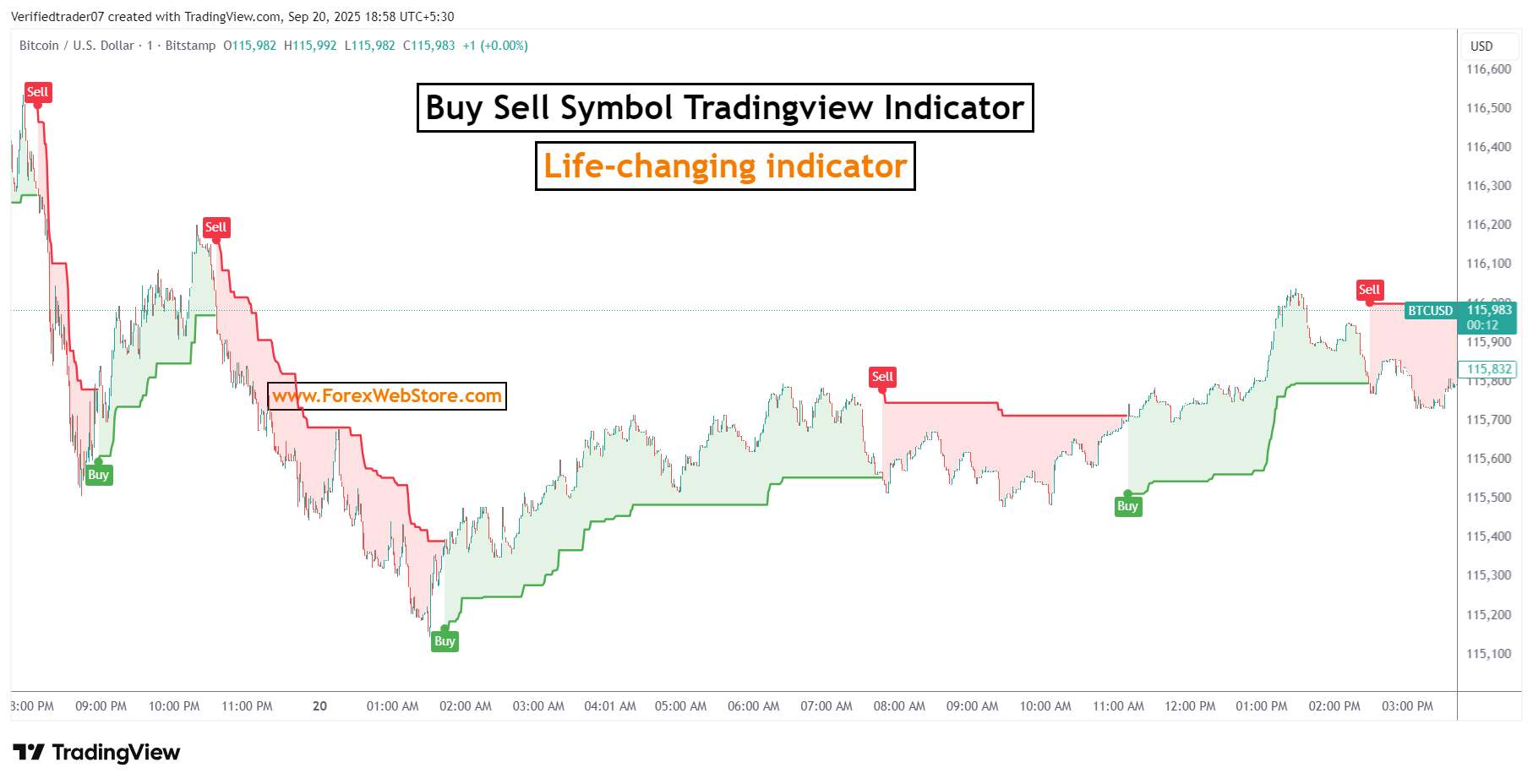

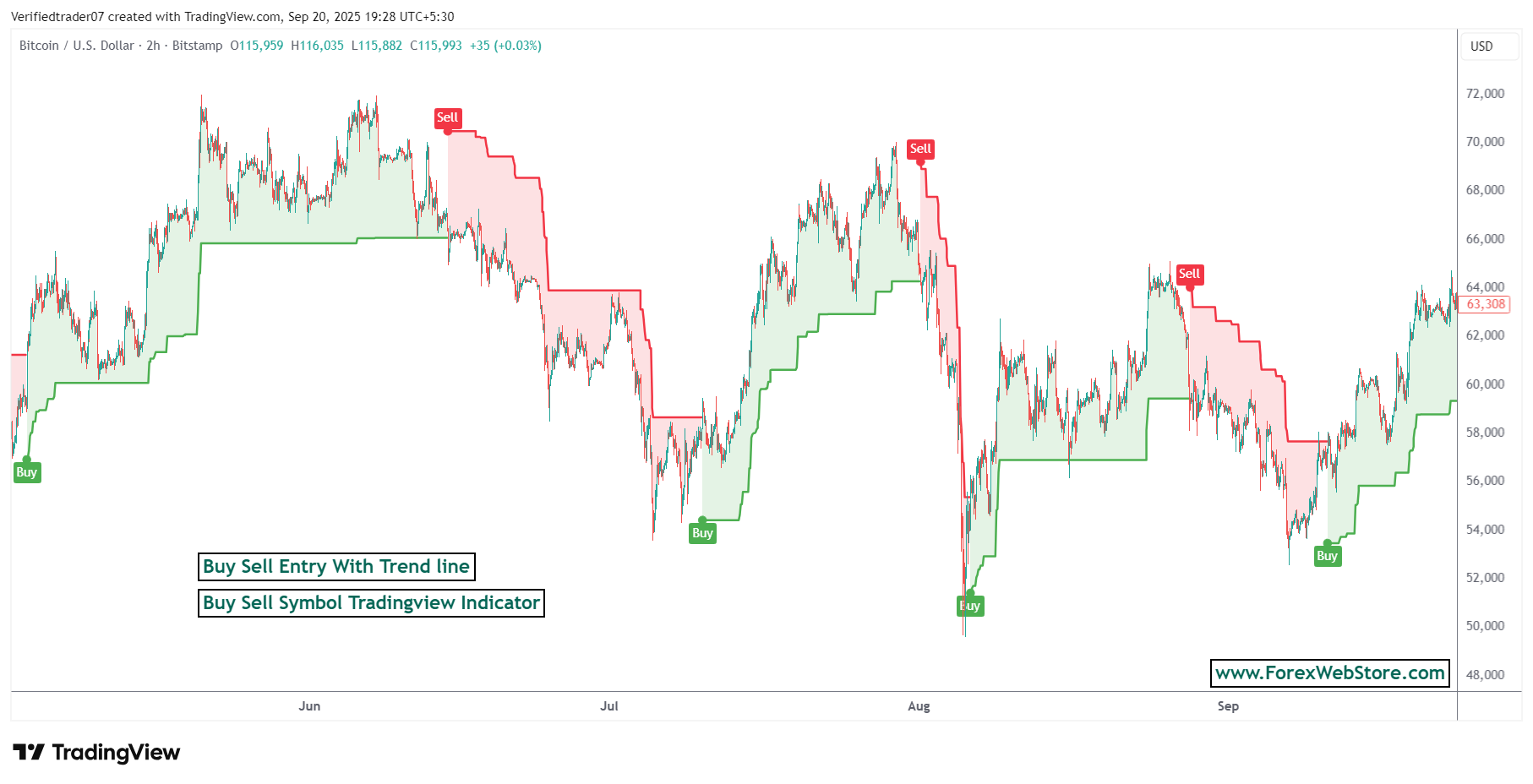

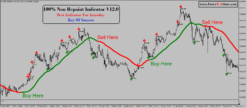



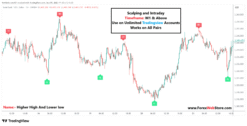
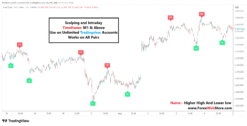
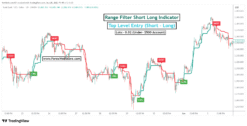
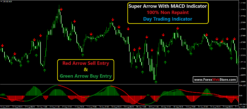



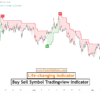
Reviews
There are no reviews yet.